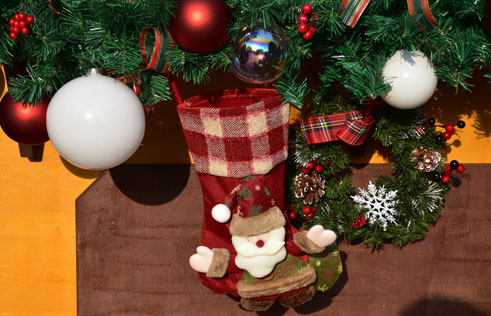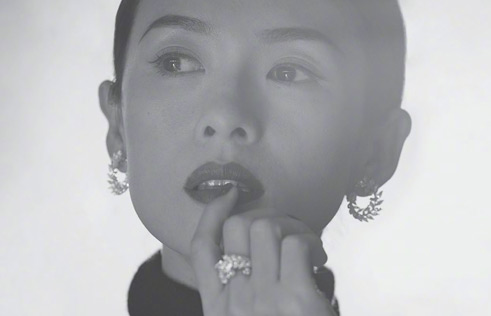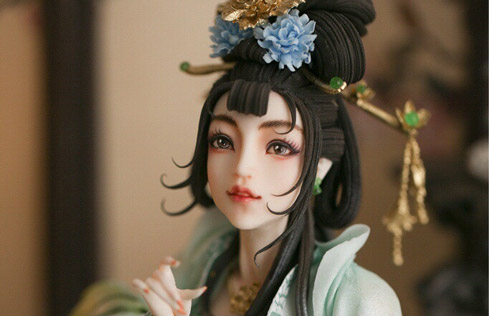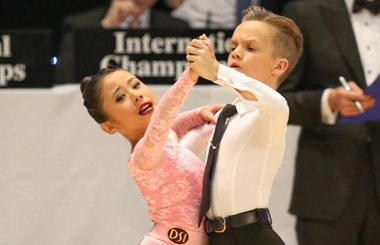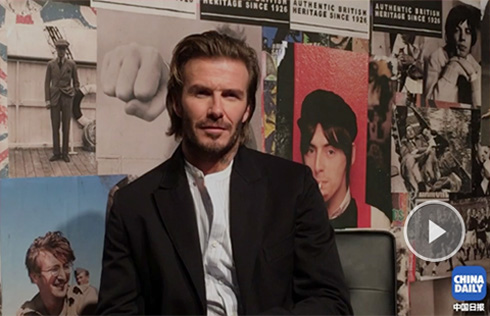Mark my words
I've never talked to graffiti artists, so I don't know how much hope they harbor about leaving an imprint in the annals of history. But most engravers, I believe, are under the mistaken impression, even subconsciously, that whatever they carve in stone or bronze work, or on tree trunks, will last forever and be studied by future anthropologists.
This exaggerated sense of legacy haunts many in China, celebrities and riffraff alike. They believe that life is ephemeral and that one's presence in a certain place, especially one of historical significance, has to be recorded with something tangible.
I thought the ubiquity of digital cameras had put an end to that, but no. Still, I have a hunch that cameras have alleviated the plague of such scrawlers, scrapers and scribblers.
No sooner had Ding been exposed, than another brazen embellisher is brought to light: "Song Yin, a senior reporter with a Hong Kong newspaper, visited this place."
Now, this is more puzzling. As a reporter with bylines, this guy does not lack seeing his name in print, and as an adult, he should know that scratching a mural in the Dunhuang Grottoes - the mural dates back to the Western Xia Dynasty (1038-1227) - is a very serious violation.
 |
Song left not only his name and title, but also the date of his inscription, as if he were eagerly begged to bestow an honor on the mural. Smart criminals may leave behind teasing morsels of clues, but not even an idiotic one would leave their autograph - unless they felt proud about it.
In a sense it is in the Chinese cultural genes to "riff off" an artifact, so to speak. Ancient officials and literati would feel obliged to write a couplet or two when they felt inspired by a natural scene or a man-made wonder. You may encounter pavilions or mountainsides etched with such words, which now evoke wows of appreciation.
Less conventionally, an old scroll painting is often covered with calligraphy from later generations, who obviously did not have any qualms about adding to what they regarded as precious gems.
From a purely artistic perspective, many of the ancient inscriptions added to earlier creations were written by great wordsmiths with a flair for bon mots or calligraphy. They now seem to merge seamlessly into an organic whole. None of them simply scribbled "Here I am!" in poor penmanship.
However, it is time we cut this age-old tradition, which is still being carried on in respectable circles with, for example, requests for inscriptions by glitterati, especially officials. If it involves only paper and ink, there's no problem, but what if the inscriptions end up in public places?
There have been government efforts to tone down such ill-suited flourishes of personal expression. But a cultural change takes more than government decrees. What if an eminent scholar is asked to imprint something meaningful on a sculpture in a public park? Does it matter if the park is new or a heritage site? Or if the inscriber has good or bad calligraphy? What if the sculpture is a cultural relic but privately owned?
And who is to judge that a famous writer's couplet will be more historically noteworthy than an ordinary person's doodling? The cave paintings of thousands of years ago were not engraved by great artists, yet they have a value of their own. Scrutinized thousands of years from now, would the scratching of names at tourist destinations take on an elevated meaning?
I'm not justifying what Ding and Song did. There's no way one can put a positive spin on their acts. Even if they did not inscribe on priceless antiques but, say, on new works with little value, their words are distractions that mar the integrity of the works. To show off their traveling credentials, they should have sent postcards or, more fashionably, uploaded instant photos for all the world to see.
Obviously some people are more acutely aware of the pitfalls of this Chinese custom. I asked a friend of mine to provide a blurb for my new book, and he turned me down, saying: "Your book should have nothing but your words in it. My name or anyone else's will only spoil it."
I thought he was unwilling to lend his gravitas, but now I understand. Still, my publisher wants the cover to be full of celebrity endorsements. That's what everyone does; that's how books stand out on a shelf.
We should respect the integrity of a piece of art, and channel our urge to leave an indelible mark at a place of historic interest into creating an independent piece of art, such as a great photograph or a memorable travelogue.
Related:
Tourists asked to be on best behavior
Mannerly advice issued to tourists
For more x-ray, here








